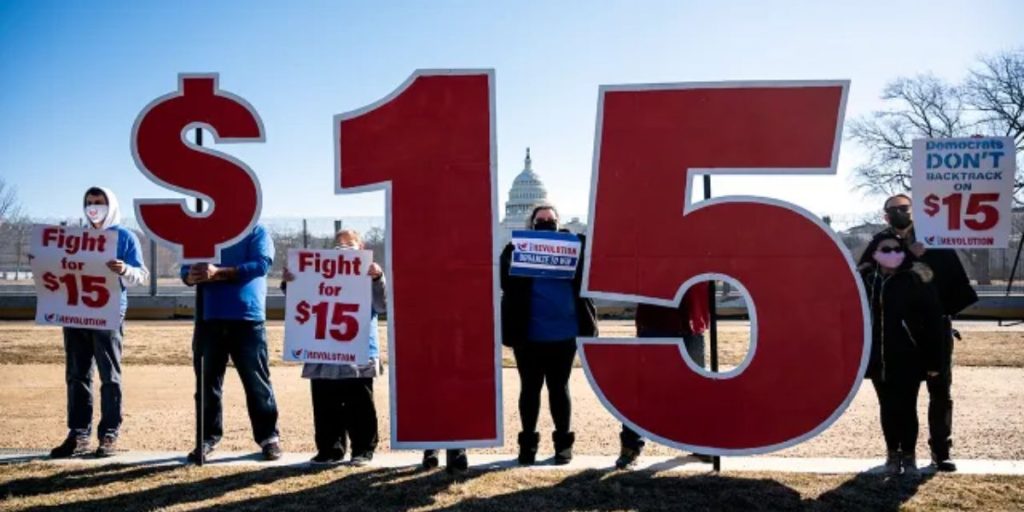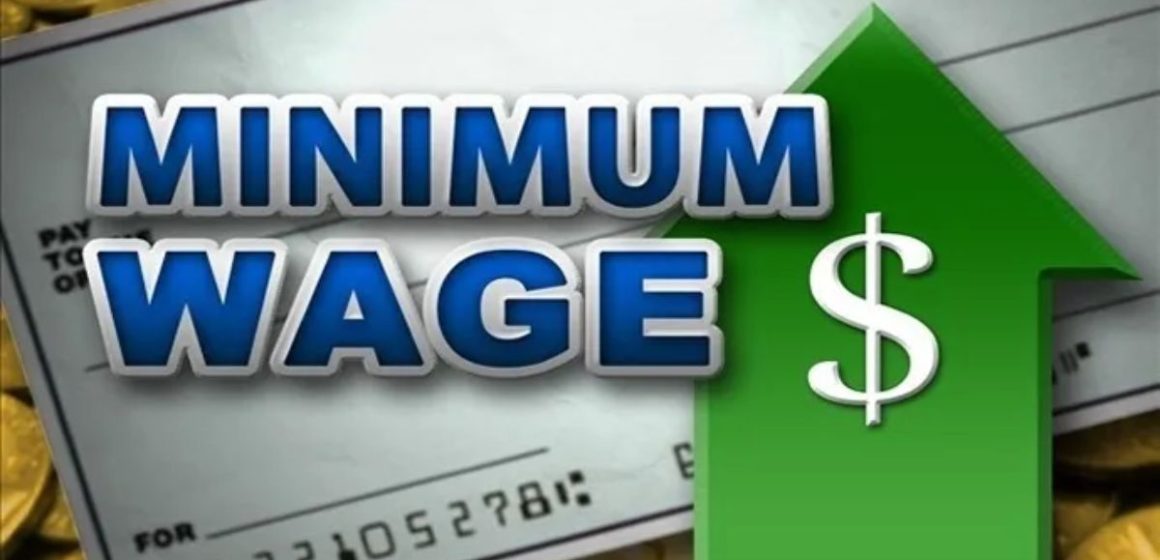In a landmark victory for workers throughout the country, minimum wage rates are scheduled to rise to $15 per hour in 23 states, marking a watershed moment in the struggle for fair pay.
The rise, which is intended to raise low-income workers’ purchasing power, is projected to affect millions of people and disrupt labor markets across the country.
A Victory for Workers
The drive to raise the minimum wage has been growing for years, with workers and advocacy groups advocating for a livable wage to keep up with rising living costs. Many states are now enacting higher wage standards, either through legislation or voter-approved initiatives.
The adjustment reflects a greater recognition of low-wage workers’ financial challenges in an age of inflation and soaring costs. With housing, healthcare, and necessities growing increasingly expensive, campaigners have long claimed that the federal minimum wage of $7.25 per hour, which has remained unchanged since 2009, is insufficient.
States are Leading the Charge
California, New York, and Massachusetts are among the 23 states that have adopted the $15 minimum wage, and they have long been wage reform champions. States such as Colorado, Illinois, and Maryland are following suit, implementing the increase as part of phased plans authorized in recent years.

As an example:
California: Wages are already at $15 per hour for most workers, and the state is pushing them even higher for large enterprises, with smaller businesses following suit.
New York: Workers in New York City and nearby areas currently earn $15 per hour, but the rise will soon extend to more upstate locations.
Illinois: To reach $15 by January 2025, the state is continuing to make modest increases to benefit low-wage workers.
Other states, including Virginia and Oregon, are on track to hit the $15 mark soon, with some making modifications based on inflation.
Who Profits?
Millions of workers are likely to profit from the $15 per hour hike, particularly in fields like retail, hospitality, and food service, where low wages have long been the standard. Many of these employees are critical personnel who suffered the brunt of the COVID-19 outbreak, making the compensation increase particularly vital.
For families who rely on minimum-wage earners, the raise provides an opportunity to buy essentials and minimize their dependency on government aid. Furthermore, increased salaries are expected to boost local economies by giving workers more disposable income to spend on products and services.
Challenges and Critiques
Despite popular support for raising the minimum wage, the move has not been without criticism. Opponents believe that increasing salaries will put a strain on small enterprises, leading to higher costs or fewer jobs. Some business owners are concerned about keeping competitive, particularly in industries with low-profit margins.
Economists disagree on the long-term impacts. While some foresee favorable consequences, such as lower income disparity and higher worker productivity, others warn of job losses or automation as businesses try to cut labor costs.
Looking Ahead
As these 23 states implement a $15 minimum wage, it remains to be seen if the federal government will follow suit. Efforts to raise the federal minimum wage have been stymied in Congress, allowing states and local governments to address the matter on their own.
The $ 15-an-hour campaign is part of a larger movement for economic justice, emphasizing the importance of measures that address wage stagnation and income inequality. Advocates believe that, while the hike is a step in the right direction, it may not go far enough in areas with extremely high living costs.
Conclusion
The $15 minimum wage is a significant step toward reducing wage stagnation and income inequality. While helping millions of workers and increasing local economies, corporate obstacles and disputes over the long-term implications show the complexities of attaining economic justice.



Leave a Reply